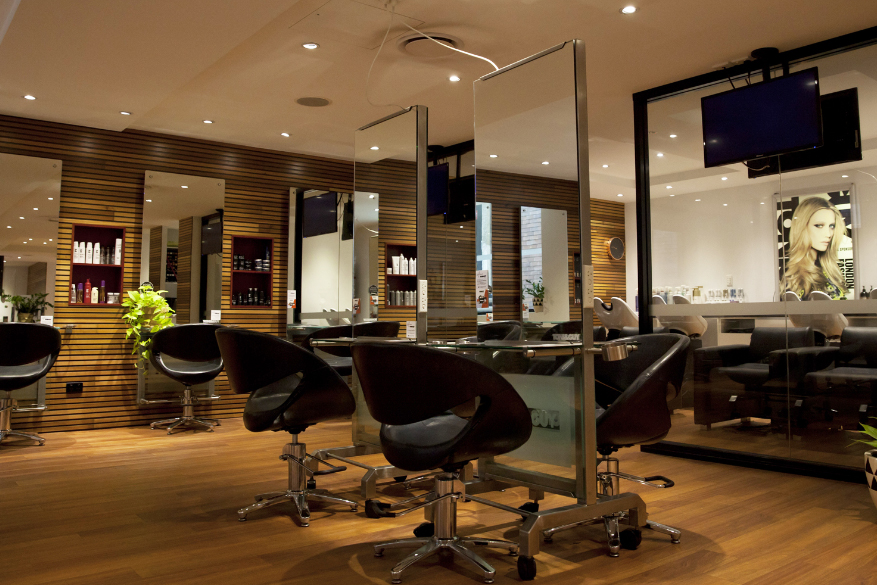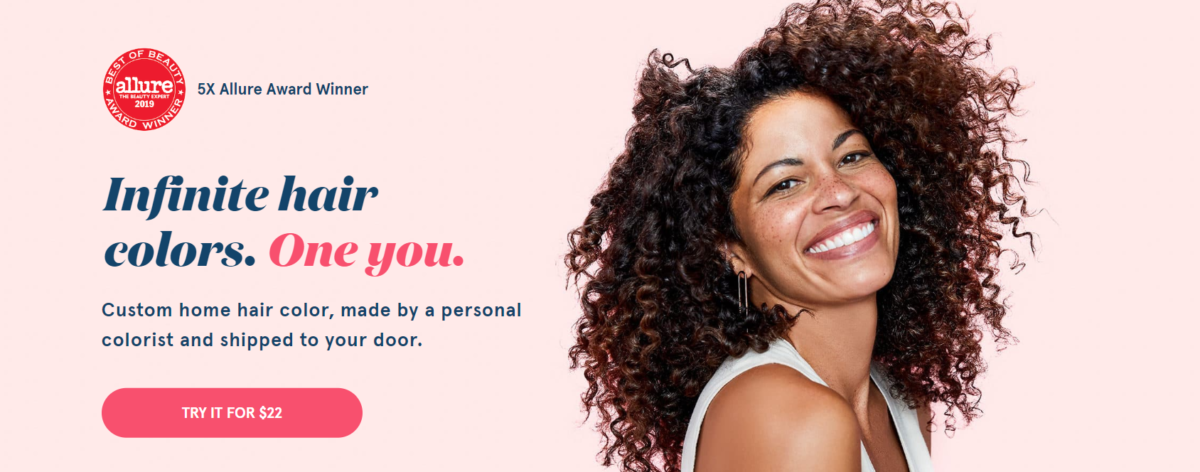Getting your hair done, whether you consider it a luxury or just a routine task, is something most of us have had to forfeit over the last few months. After months of wearing pyjamas and not leaving the house, many of us are likely looking forward to this activity that we previously took for granted. But what will happen to the hair salon after COVID-19 has run its course?

In Australia, the hair salon was at the center of public discourse when they were deemed an ‘essential’ service that was exempt from shutdown, with many questioning the Prime Minister’s decision to do so. All other beauty services were shut down, however, hairdressers could operate on the basis that only one person is allowed every four square meters, as well as stricter hygiene practices.
This is despite the World Health Organisation claiming that there are “significant transmission risks” in the procedure – of course, the hair salon operates on the premise of close contact, and is therefore inherently dangerous. Salons across the country pleaded to be shut down, claiming that they felt unsafe and at risk.

While countries like Japan also deemed the hair salon an essential service during the crisis, other countries shut down their services completely. The impact has been devastating to hair salon workers, with many struggling to make ends meet – for example, around 72% of American hair salon workers live paycheck-to-paycheck. The feelings of fear, panic and shock have become prevalent across the global hair salon industry, with many small businesses laying off workers.
A few months into the pandemic, we are now seeing hair salons starting to re-open, despite the world still being confined to their homes. Salons who are re-opening will adhere to stricter hygiene standards, with some countries implementing their own system of checks. In Atlanta, Georgia, salon volume has to remain at 50% and customers will have their temperatures checked prior to entering.
Germany is also one of the countries that has re-opened their hairdressers, but with many additional rules: hair must be washed prior to cutting (to kill off potential viruses), there are no magazines in the waiting room, and customers are not offered any drinks upon their arrival. Hairdressers must wear protective equipment, including shields and masks, as well as disinfecting regularly. The small businesses are hit the hardest by these regulations, as they force them to operate below capacity: as a Berlin hairdresser says, “if it had been up to me, they might as well have kept us shut.”

So, what’s next for the hair salon after COVID-19? Many salons are looking to the future, but it is difficult to say what that entails. Research from Kantar suggests that pampering and self-care activities will experience a post-lockdown boom, with many expressing desire for beauty therapy over social media. However, we’ve all undoubtedly seen the results of a ‘quarantine haircut,’ and while some have been terrible, it’s possible that the attitude of doing-it-yourself will stick. With so many businesses adapting by shifting online or providing virtual alternatives, hair salons have been left behind, with many wondering if the salon “is going to be something people are going to be running back to, walking back to, or wary of.”
Getting your hair done is intrinsically a face-to-face activity, but is it possible that this will change? Quarantine has highlighted the lack of virtual hair services, but has also allowed existing services to shine through. For example, eSalon is a personalised, virtual colouring service, which requires customers to fill out a questionnaire with a colorist, who will customise a formula for you. Such services could become the norm – virtual consultations may take over the hairdressing world, making what would be a time-consuming activity easier and more convenient for customers.

The impact of such an unprecedented event is unpredictable, and it is unclear what the future will look like for hair salons. For the foreseeable future, the hair salon experience has changed: what was once a communal gathering space, intended for luxury and self-care, will become a place of pure functionality instead.
The changes that salons are implementing are seemingly minor, but these are features that used to define the hair salon experience, and contributed to a sense of indulgence. The last few months will undoubtedly impact our behaviours as consumers and citizens: only time will tell what the impact is for the hair salon.
Subscribe to FIB’s Weekly Alchemy Report for your weekly dose of music, fashion and pop culture news!






